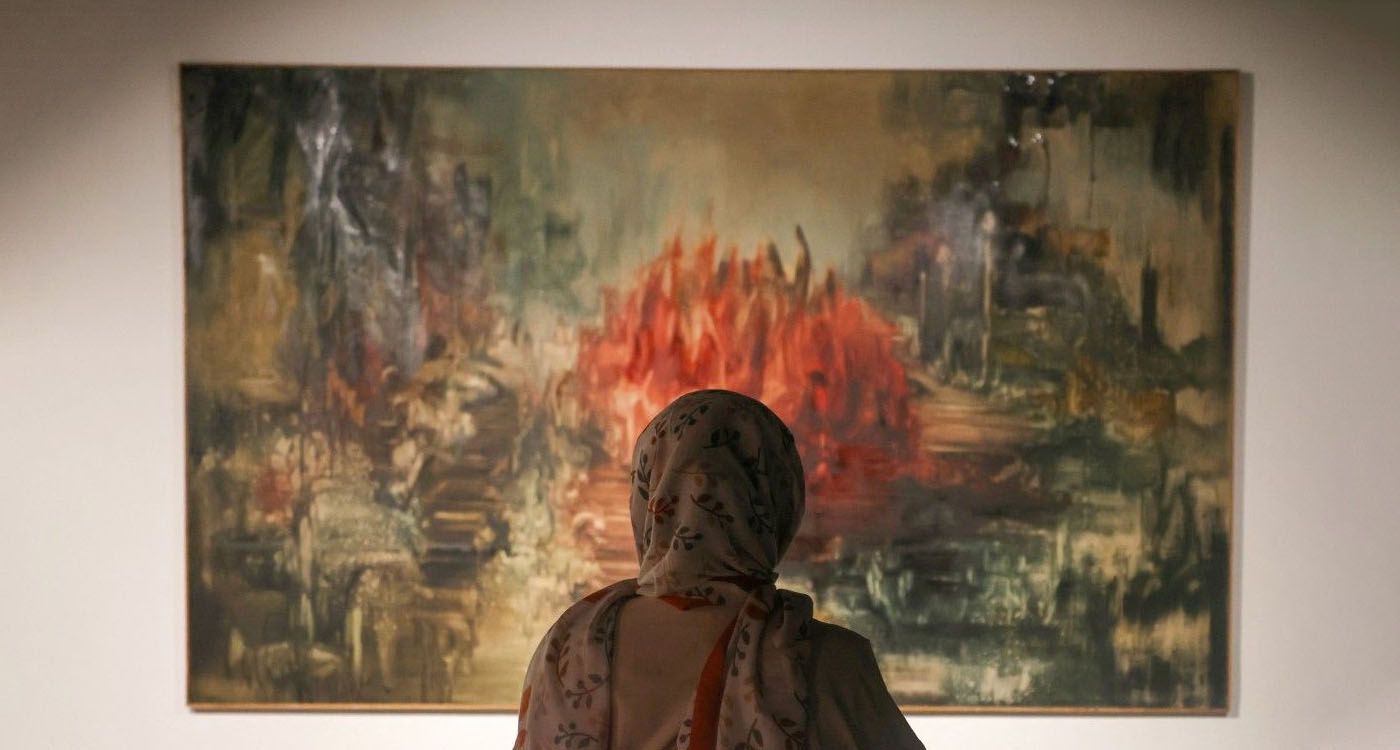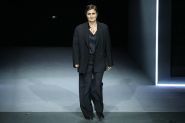
At the Tehran Museum of Contemporary Art, a groundbreaking exhibition amplifies the voices of Iranian women artists. In Women’s Words tells a powerful story of memory, resilience and creative vision through 121 works spanning decades of modern art.
In the hushed galleries of the Tehran Museum of Contemporary Art (TMoCA), colors, forms and textures speak with a force that eclipses any speech or manifesto. The exhibition In Women’s Words is more than an artistic retrospective – it is a collective voice that defies decades of silence, bringing to light stories that could not always be told.
Here, pioneering figures like Monir Farmanfarmaian, Behjat Sadr, Iran Darroudi, Parvaneh Etemadi, Farideh Lashai and Leyly Matin Daftari anchor their works in Iran’s cultural heritage. Curated by Afsaneh Kamran, Toka Maleki and Sajjad Baghban Maher, the show draws from the museum’s permanent collection, presenting 121 pieces by 65 artists, many of which have never been seen by the public.
The project underscores the pivotal and often overlooked role of women in shaping Iran’s contemporary art. From the 270 works by women in TMoCA’s holdings, only a carefully chosen selection could be displayed due to space limitations. This is a matter of aesthetics mixed with a narrative of women’s perspectives, reflections on life and the environments that have shaped them.
The exhibition is organized thematically: groundbreaking personalities, portraiture, abstraction, nature and landscapes, everyday life, neo-traditionalism, and social engagement. It spans a range of media including painting, sculpture, photography and video. In every room, visitors encounter a dialogue between tradition and modernity, personal memory and collective history, societal constraints and boundless creativity.
Beyond the museum walls, In Women’s Words extends its reach. Programs include research sessions that examine the works through political, social and interdisciplinary lenses, documentary film screenings, and the publication of a book dedicated to women in Iranian art. Plans are underway to create a virtual version of the exhibition, allowing these voices to resonate far beyond Tehran.
For some visitors, In Women’s Words is a celebration, a riot of color and form across diverse media. For others, it is a quiet yet defiant act of cultural resistance. Through their art, Iranian women have long embedded coded messages, challenging repression and asserting their place as creators of the future. With each brushstroke, they are rewriting history and completing it.




Comments